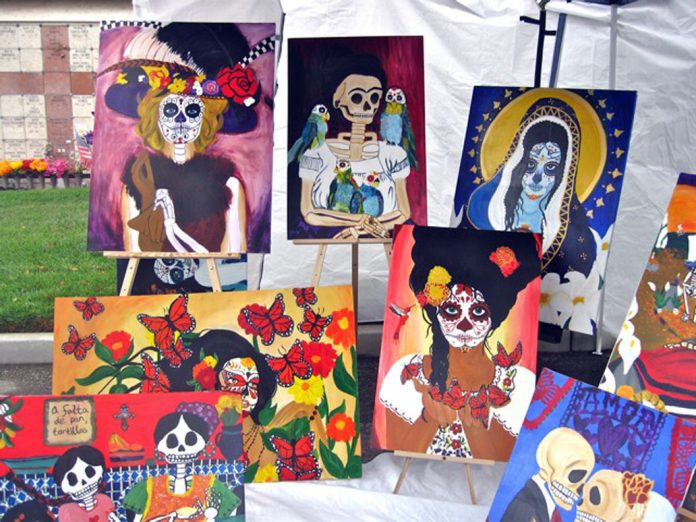On Nov. 1, some 50 members of the Episcopal Diocese of El Camino Real, led by Bishop Mary Gray-Reeves, will make a pilgrimage through the Elkhorn Slough Reserve, a natural treasure on the Monterey coastline that preserves the habitat of hundreds of plants, animals and birds. This grouping of 51 congregations includes St. Stephen’s in Gilroy, St. John’s in Morgan Hill and St. Luke’s in Hollister.
Pilgrimages are traditionally group journeys to places deemed sacred by a particular religion (such as St. Thomas Becket’s tomb in Canterbury Cathedral in Chaucer’s classic poem or today’s trips to Lourdes in France). This one has an ecological focus: to reawaken participants’ appreciation of God’s creation, nature in its fragility and beauty.
All Saints Day falls on Nov. 1; it is an important date in the traditional Christian calendar, set aside to honor all the saints (holy people) of the Christian Church, both known and unknown. Although remembering saints and honoring them on a specific day is an ancient Christian tradition, it was in 837 that Pope Gregory IV set aside Nov. 1 as the Feast of All Saints. (In medieval England the festival was known as “All Hallows.”) This date has become associated with a number of related observances.
– Halloween: Long before Christianity became Europe’s dominant religion, residents celebrated various pagan customs on Nov. 1. One was “Samhain,” a festival marking the migration of souls who had died during the previous year.
When the Church declared this date to be a new Christian holiday, the Celtic inhabitants of the British Isles were not diverted from their traditional customs. Vestiges of their old beliefs remain in our modern observance of Halloween Oct. 31 (literally, the “evening before All Hallows”), including wearing costumes, going door-to-door seeking treats and jack-o-lanterns (originally lighted carved turnips carried by strollers who performed antics for treats).
– All Souls Day: This feast occurs on Nov. 2 and is dedicated to remembering and praying for the deceased. It was instituted in 993 at a monastery in Cluny, France and soon spread throughout the Christian world. Although festivals honoring the dead were held long before Christianity, St. Odileo, the abbot, proposed that the day after All Saints Day be set aside to honor the departed, particularly those whose souls were still in purgatory.
– Day of the Dead (Dia de los Muertos): This observance is of Mexican origin, often beginning at midnight Oct. 31 and continuing through Nov. 2. It is a time when many Latinos believe that spirits of the departed return to earth. Widely celebrated in Latin America, it is becoming increasingly popular in areas of the United States with large Hispanic populations.
During the time of the Aztecs, a month-long summer celebration was overseen by the Lady of the Dead. When the Aztecs were conquered by Spanish explorers, their customs became mingled with the Christian commemorations of All Saints Day. Specifics of celebrations vary by region, but can include:
– Constructing elaborately decorated altars with “ofrendas” (gifts like food and drink) to welcome wandering departed spirits home.
– Vigils, especially at decorated gravesites of loved ones.
– Preparing traditional foods such as “pan de muerto” (bread of the dead), pastries shaped like skulls or which contain miniature skeletons.
– Decorations featuring marigolds, perhaps scattering petals to create a path leading the dead back home.










